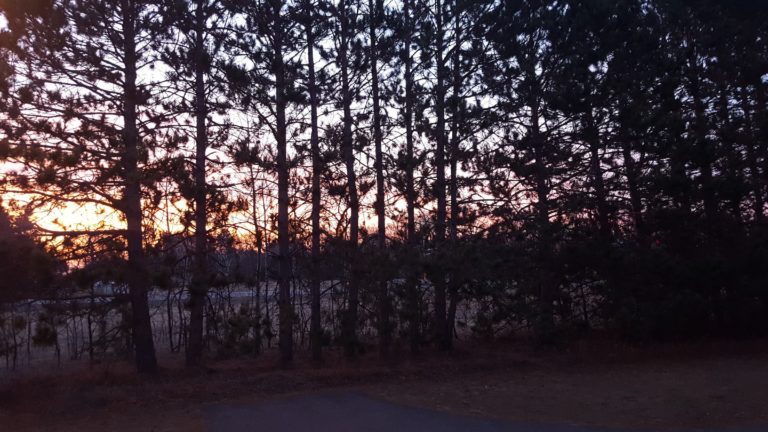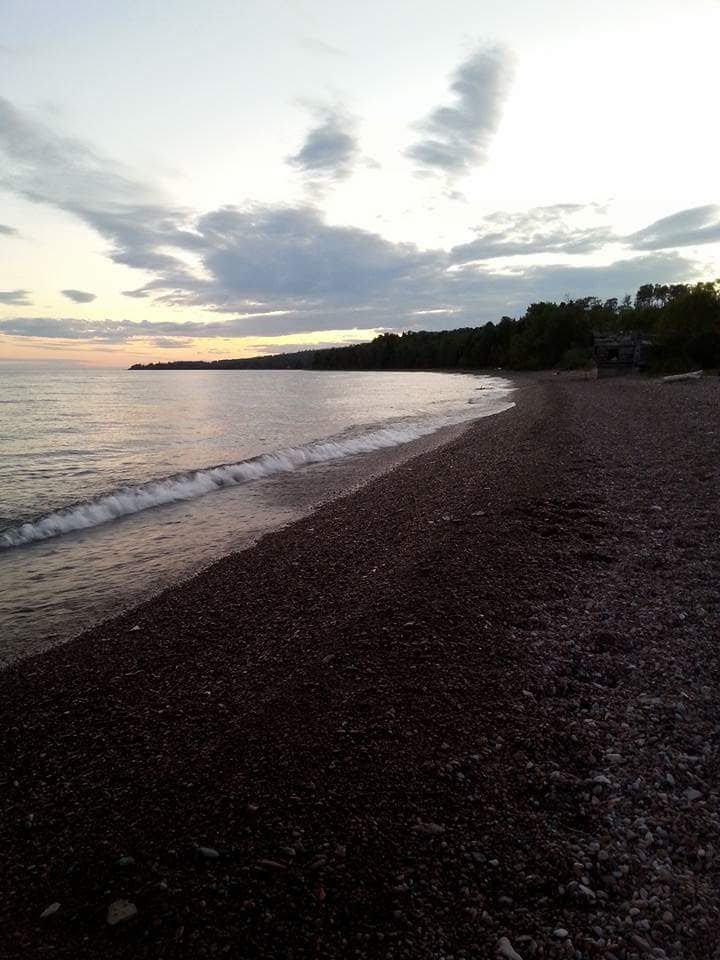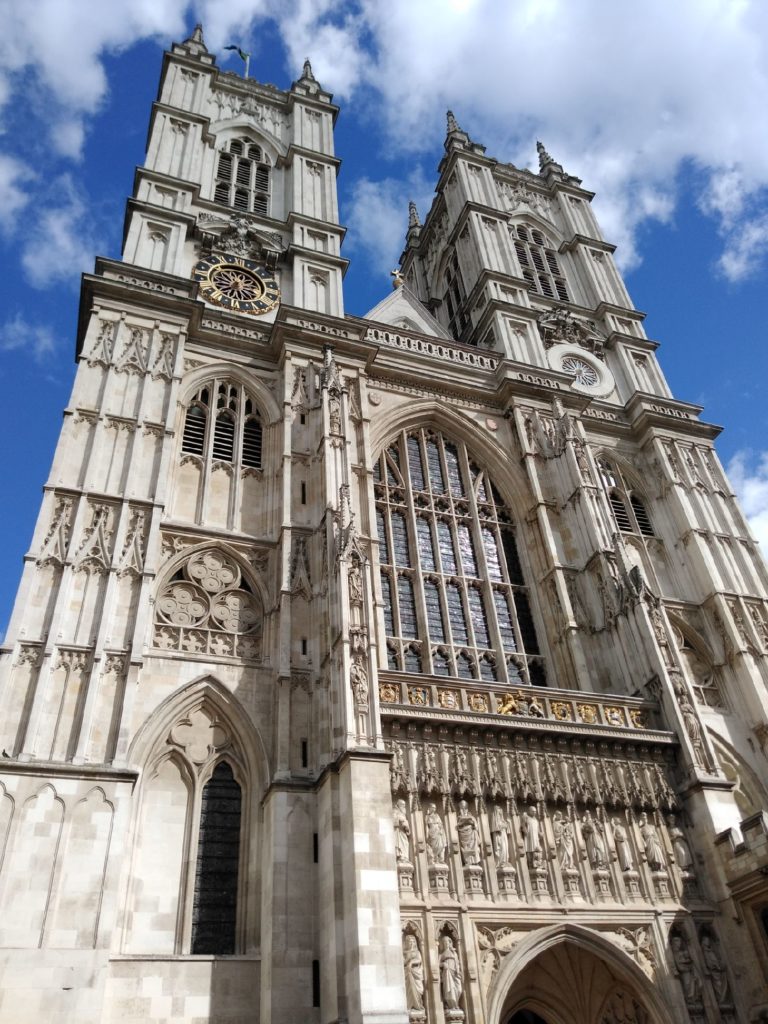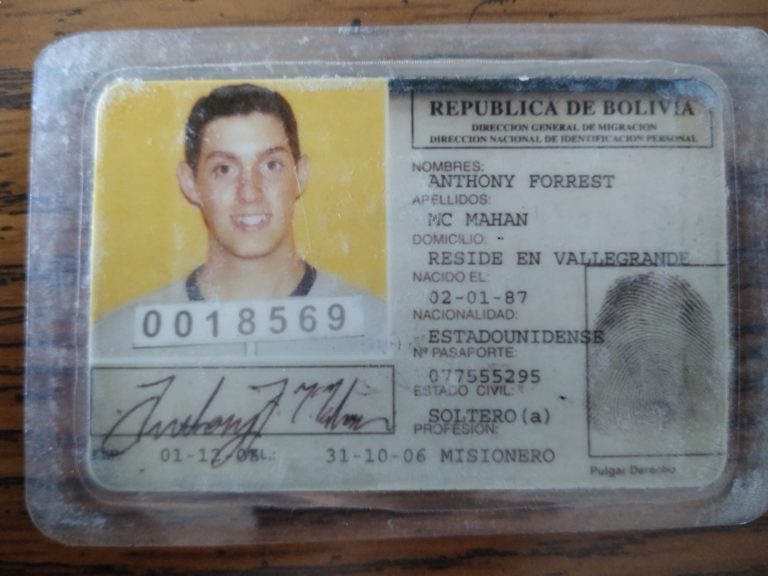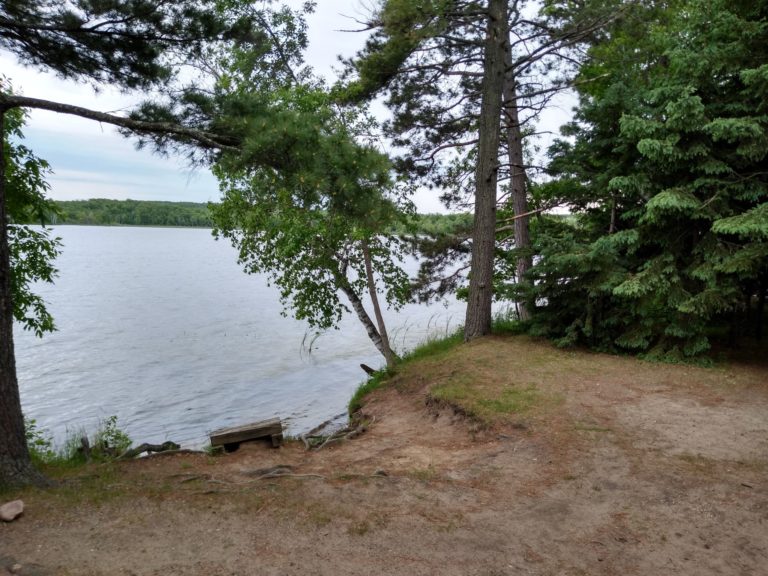Just off the coast of California lies the Channel Islands. The most popular island in the Californian chain is Catalina. My dad and I had boarded a dive boat, the Truth, the night before. One of the most interesting ways my dad and I can spend time together is through scuba diving. Though I have only been diving for a few years, he has been certified for over 30 years. We were in the middle of our three-day dive trip and things were going swimmingly (forgive the pun).
After a fantastic steak dinner with all the fixings, a night dive opportunity was announced. Our captain had anchored us against a sheer rock wall that led to a point, then eventually, to open ocean. The sun dipped beneath the horizon, revealing Van Gogh colors on a twilight canvas. But soon, those colors were gone and the night came, accompanied by a raging full moon. On the deck, we hung our buoyancy compensators (BC) on fresh tanks and connected regulators. After testing our equipment, we each tied a glow stick to our gear. I had never done a night dive. My dad had the experience, but it had been over 25 years. Wetsuits on, gear applied, masks over face, we put on our fins, flashlights in hand. One after another, divers waddled to the side of the boat. At my turn, I stood on the edge of the boat and looked down into the opaque water. At night, the ocean does not look like the ocean. It looks like a liquid surface to another world. The surface of the water looks like it could, in fact, be solid; moving, but solid. I held my fingers to the face of my mask and pressed my palm against the regulator in my mouth. With one big step into the nothingness, I fell, gracefully, I might add, deep into the water. Everything disappeared, with the exception of the beam of light protruding from the flashlight in my right hand. I pressed the button on my vest to inflate my BC, and slowly floated to the surface.
Soon, my dad was in the water as well. Our plan was simple. We would follow the anchor line to the ocean floor, which was about 65 feet below the surface. When we got there, we could look for lobsters, explore, or do whatever we wanted. But we must not get separated. We agreed on this plan at the surface, then began our descent. We followed the 30-degree sloping line to the bottom of the ocean. By this time, I realized that I could see a light. This was a comfort to me. The dive crew on the Truth had told us that a flood light would be hung just above the surface to assist our underwater navigation. Some divers love night diving. They swear that it is simultaneously the most peaceful and the most exciting time to dive. Ocean life that you don’t normally see, comes out for the night life.
At depth, we began to swim along the wall, seeking out lobsters to fill our game bags. But there were no lobsters. And we both knew why. As soon as we got to the ocean floor at 65 feet, we realized that a massive current was making swimming very difficult. We struggled and kicked against the current for several minutes. I was struggling to maintain heading and control. No lobster in his spiny little mind would be out in this. I turned to my dad and we both seemed to understand what the other was thinking, “we are in over our heads.” I made the motion to turn around and head back. But as we did so, the current pushed us hard in the other direction. Flashlight beams bounced off of rocks and kelp got tangled in our tanks. Any grace we had at the beginning of the dive was now gone.
We were in for a wild ride.
anthony forrest
